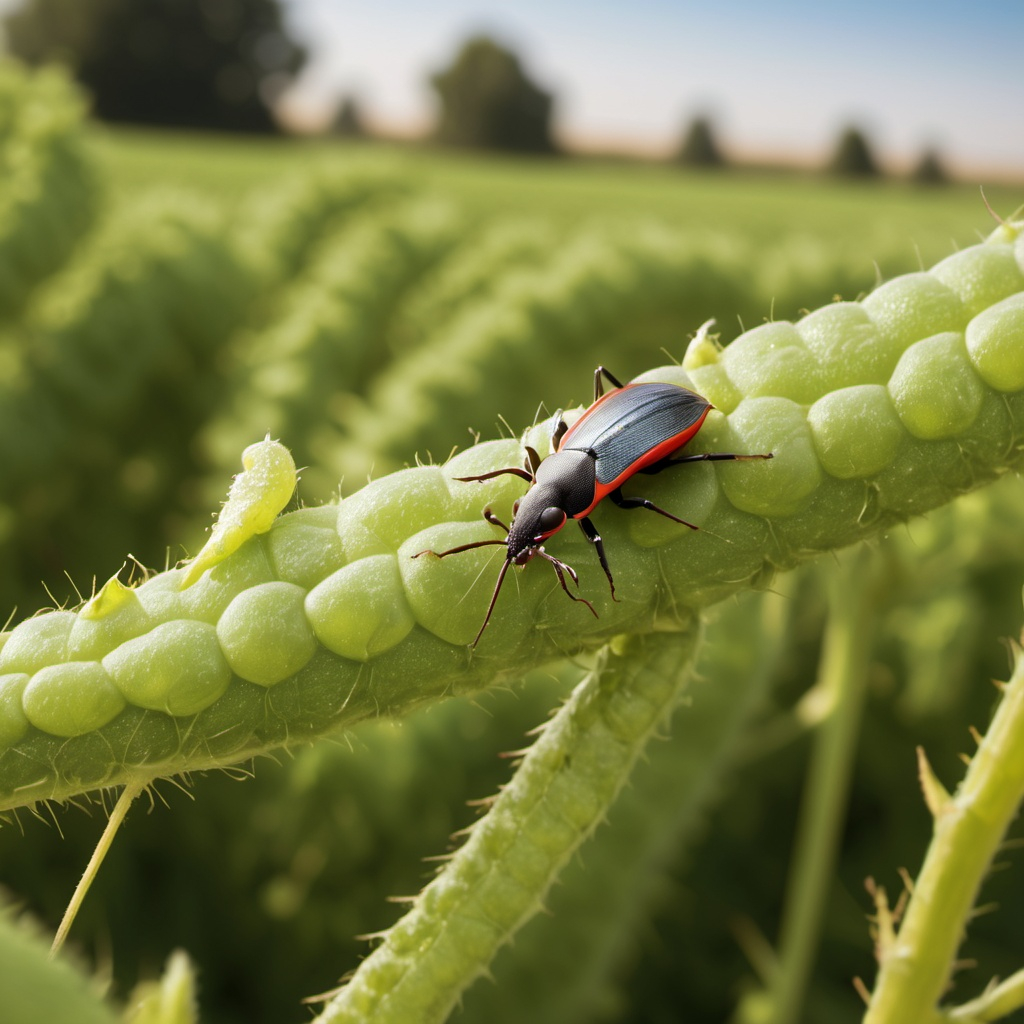
Pest Control in Agriculture
Pest control in agriculture refers to the management of insects, weeds, fungi, and other organisms that can damage crops. Effective pest control strategies are crucial for maintaining crop health, preventing yield loss, and ensuring food security. The presence of pests can lead to significant economic losses for farmers, making it a critical aspect of agricultural management.
Types of Pests Affecting Crops
Several types of pests can impact agricultural production. These include:
- Insects: Insects such as aphids, caterpillars, and beetles feed on plant leaves, stems, and roots, often resulting in crop damage.
- Weeds: Weeds compete with crops for nutrients, water, and sunlight, reducing crop yields and quality.
- Fungi: Fungal infections like powdery mildew and rust can spread rapidly, affecting plant health and reducing the quality of the harvest.
- Nematodes: Microscopic worms that attack plant roots, nematodes can stunt plant growth and cause significant crop damage.
Integrated Pest Management (IPM)
Integrated Pest Management (IPM) is a sustainable approach to controlling pests that combines biological, physical, chemical, and cultural methods. It emphasizes minimizing the use of chemical pesticides while promoting natural pest control methods. The core principles of IPM include monitoring pest populations, establishing action thresholds, and using targeted treatments only when necessary.
Biological Control Methods
Biological pest control involves using natural predators, parasites, or pathogens to manage pest populations. For instance, ladybugs are commonly introduced to control aphid populations, while certain types of fungi can be used to combat insect pests. Biological control is considered environmentally friendly and reduces the need for chemical pesticides.
Chemical Pest Control
Chemical pest control involves the use of pesticides, herbicides, fungicides, and insecticides to eliminate or manage pest populations. Although effective, chemical pest control must be used judiciously to prevent environmental contamination, pest resistance, and negative effects on non-target species. Farmers often rotate or combine chemicals with other pest control methods to maintain efficacy.
Cultural Practices for Pest Management
Cultural practices play a vital role in reducing pest infestations. Crop rotation, intercropping, and planting pest-resistant varieties are some common cultural techniques used in agriculture. These practices help to disrupt pest life cycles, improve soil health, and reduce the chances of large-scale infestations.
Physical Pest Control Methods
Physical methods involve the use of barriers, traps, or manual removal of pests. For example, farmers may use insect traps, row covers, or fences to protect crops from pests. Additionally, hand-picking insects or weeding manually are labor-intensive but effective methods for small-scale farming operations.
Crop Protection
Crop protection involves a range of practices designed to safeguard crops from pests, diseases, and environmental stressors. This encompasses everything from pest management to the use of protective coverings, irrigation, and fertilization techniques. By protecting crops, farmers can ensure healthy growth, maximize yields, and enhance food security.
Disease Control in Crops
Controlling diseases in crops is another key aspect of crop protection. Plant diseases caused by fungi, bacteria, or viruses can spread rapidly and devastate entire fields. Farmers use various methods such as fungicides, crop rotation, and planting disease-resistant varieties to control and prevent outbreaks.
Pesticide Resistance
Pesticide resistance occurs when pests evolve and become immune to the effects of chemical pesticides. This can lead to increased pesticide use and reduced effectiveness over time. To combat this, farmers may rotate pesticides, use mixed methods of control, and practice IPM to avoid the overuse of chemicals.
Impact of Climate Change on Pest Control
Climate change has a direct impact on pest populations and their ability to damage crops. Warmer temperatures and changing rainfall patterns can lead to increased pest populations and the spread of pests to new regions. As a result, farmers must adapt their pest control strategies to cope with the changing environment.
Sustainable Pest Control Practices
Sustainable pest control involves using eco-friendly methods that minimize harm to the environment and non-target species. Organic farming, IPM, and biological control are examples of sustainable practices that reduce the reliance on synthetic pesticides. Sustainable methods contribute to healthier ecosystems while still protecting crops from pests.